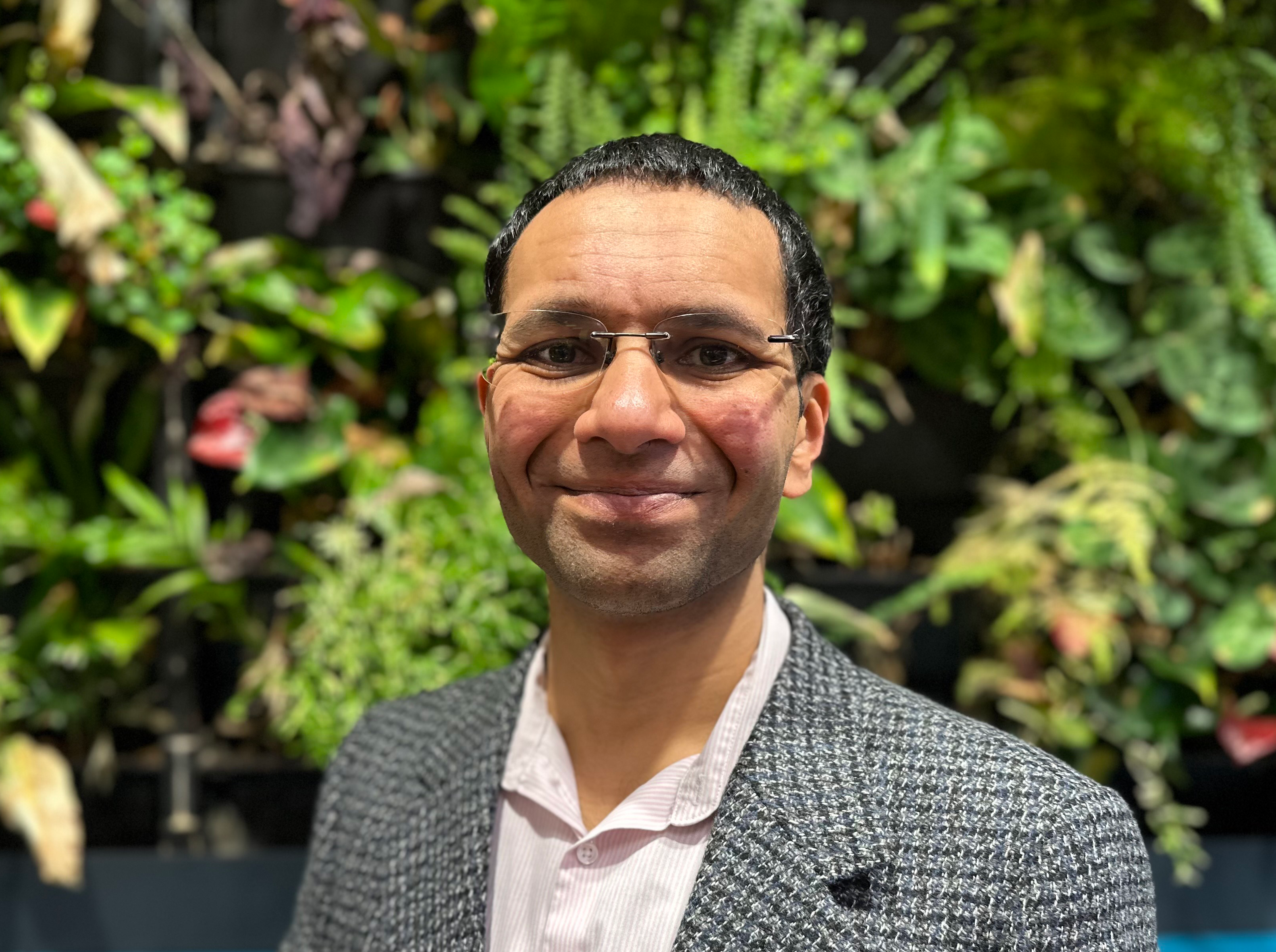18.04.2024 | Published by bit.bio
Employee Spotlights
Back to spotlights

18.04.2024 | Published by bit.bio

Name | Kapil Agashi
Role | Senior Patent Attorney
Joined | January 2024
Academic background | PhD in cell therapy, Chartered UK patent attorney, professional representative before the European Patent Office, Chartered UK trade mark attorney
I’m Kapil, and I think that intellectual property (in particular patents and trade marks) is great! My role involves ensuring that we are patenting all of the inventions developed in the business, getting pending patent applications granted, advising on the trade mark portfolio and ensuring that as a business we do not infringe any rights owned by third parties.
Patents drive innovation forward. With patents you make a deal with the state: in exchange for making your invention publically available, you will be granted a 20 year monopoly right in that invention. This provides inventors with a plethora of information to learn from, but also incentivises inventors to keep inventing. In the biotechnology field this can provide huge benefits to society in the fields of healthcare, agriculture, and beyond!
World Intellectual Property Day is a celebration of creativity and ingenuity, and emphasises the importance of balanced intellectual property systems that ensure that society benefits from this creativity and ingenuity.
A key patent family for the business relates to controlled transcription. These are referred to in the business as the opti-ox™patents. This patent family describes bit.bio’s precision cell programming technology, allowing for, for example, reliable and repeatable forward programming. We apply this technology to all our products and research programs.
Inspiration can sometimes come from technologies developed externally. Whilst adapting such technologies to meet the business needs may in itself be patentable, commercialising such adaptations may also infringe patent rights owned by third parties. Innovation should always be encouraged, but at the same time the legal team should be kept aware of developments so that at an early stage we can look to see if and how we work around any third party patent rights.
Intellectual property does not provide global protection, but instead the rights relate to a specific country or region. There are separate costs associated with each country/region, and so careful consideration is necessary in deciding the countries/regions of interest. bit.bio has such a strategy in place that ensures that all key territories are covered.
I have provided in-person intellectual training to teams in the past. This training has been recorded and is available on the intranet for people to watch at their leisure. I also plan to provide some guidance pages on the intranet as a resource for the business. But I am always open to answering any questions that anyone may have.
A hot topic at the moment is whether inventions that could have been determined through use of artificial intelligence (AI) can be considered inventive. Inventions need to be inventive, and by this we mean that inventions should not only be different to what is already publicly available, but also that difference should be a non-obvious modification. The argument is that if AI could have provided that modification as a solution to a problem, then the modification is obvious, because anyone could have put that problem to an AI. As AI becomes more sophisticated it will be able to provide solutions to more complex problems, and in turn this may mean that inventions will need to be more inventive. It will be interesting to see how this progresses.
Patent attorneys are very familiar with deadlines because patent offices love setting deadlines for everything. I apply these deadline-based principles to all aspects of my work; if I am asked to do something, one of my first questions is when they would like it done by. I can then from the outset explain if a deadline is not achievable, and then prioritise my work based on the deadlines and not by whose “bark” is loudest.
I like to run to clear my head and to keep fit. I am lucky in that my kids enjoy running too and I find it to be a great way to chat with them away from house distractions and screens.
I also enjoy rock climbing. I find it to be a great combination of physicality and puzzle-solving (working out how best to position your body and use the holds in order to make the climb as easy as possible). There is also a great sense of achievement from reaching the top.